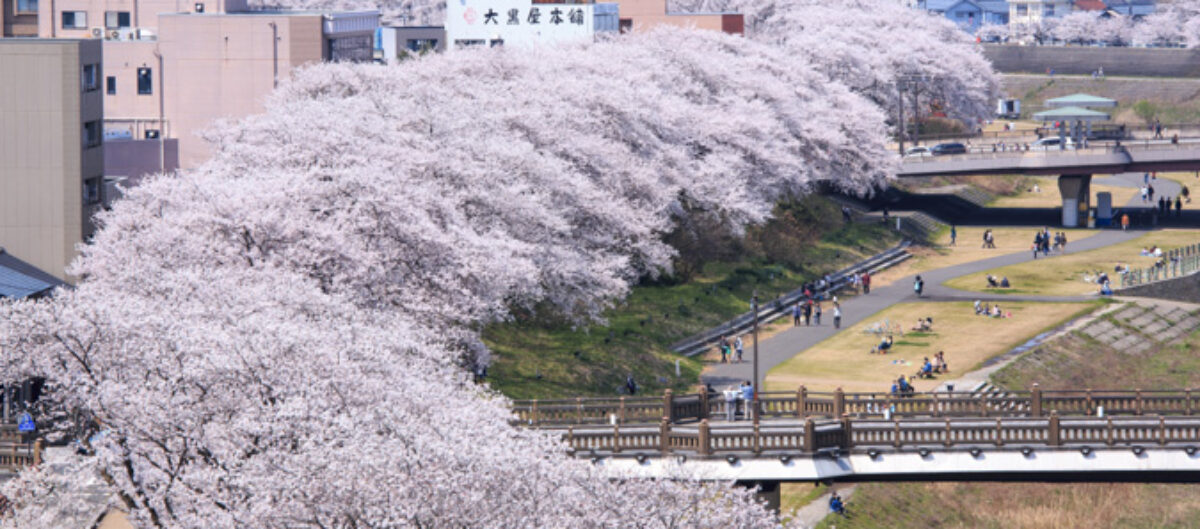
July/4/2020
Fukui Railway connects Fukui with Echizen. The interesting thing about this railway is that it has trams, which run in the center of the city of Fukui.
In Japan, there are trams in about 15 prefectures. Since there aren’t many, you’re lucky if you can see them. They run on railways on the road, so you can see trams and other cars at the same time. The scenery of trams running alongside other cars on the road is elegant and fun.









